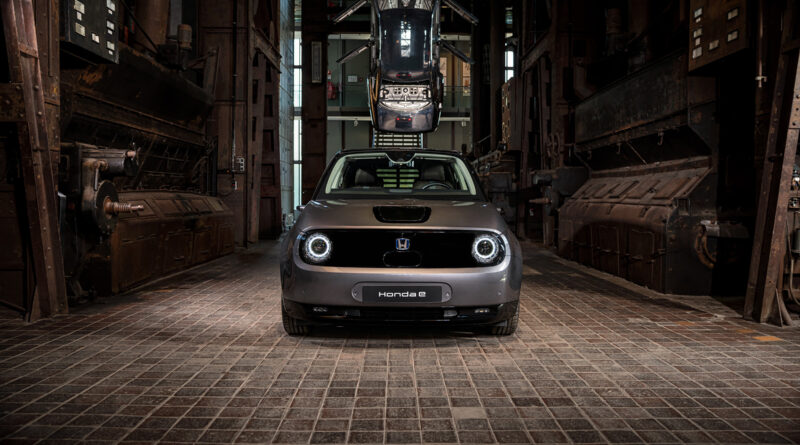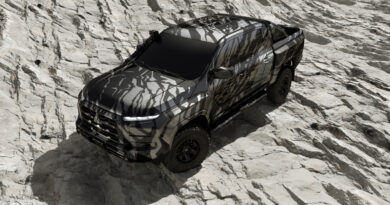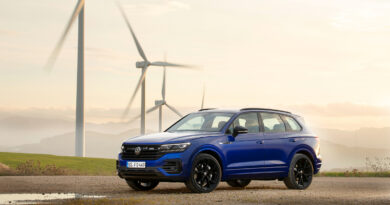Affordable (and cool) EVs Australians can’t buy…
Wealthier Australians looking to go EV have plenty of options to choose from, but the same can’t be said for eco-conscious buyers on a tighter budget. The lack of relatively affordable EVs on the market is a constant complaint. Justified, too…
Currently there are only three with list prices under $50,000; the Hyundai Ioniq Electric, Nissan Leaf and the new MG ZS EV. It’s different in other parts of the world, where the range of small EVs on offer is growing quickly.
All the models listed below are, or soon will be, available in Europe for the same or less than a base-grade Nissan Leaf. Sometimes a lot less. And this is before incentives chop a sizeable chunk from the price that many Europeans have to pay for an EV.
Want the latest EV news and reviews delivered to your inbox? Subscribe to our weekly newsletter!
Australia lacks a co-ordinated, effective strategy to encourage drivers to consider making their next new car an EV. And while it remains this way, many importers will choose not to bring their most affordable EVs to Australia.
So, here are some of the affordable (and cool) EVs Australians can’t buy.
Oh, and if you want to see some you can buy now, check out our list of the best affordable electric cars on sale in Australia.
Volkswagen ID.3
The small Volkswagen ID.3 is a very big hit. Since its mid-2020 launch, the five-seat hatchback has quickly established itself as Europe’s best-selling EV. At the same time, it has made VW the continent’s biggest EV manufacturer.
It’s not hard to see why it’s popular. The ID.3 has more style, space and sophistication than the similar-size Nissan Leaf, for around the same money. But it’s about to get cheaper…
VW presently offers the ID.3 only with 58kWh or 77kWh battery packs. Both have a 150kW rear-mounted electric motor. From 2021 the German giant will roll out a version with a smaller battery pack, less powerful motor and shorter standard equipment list.
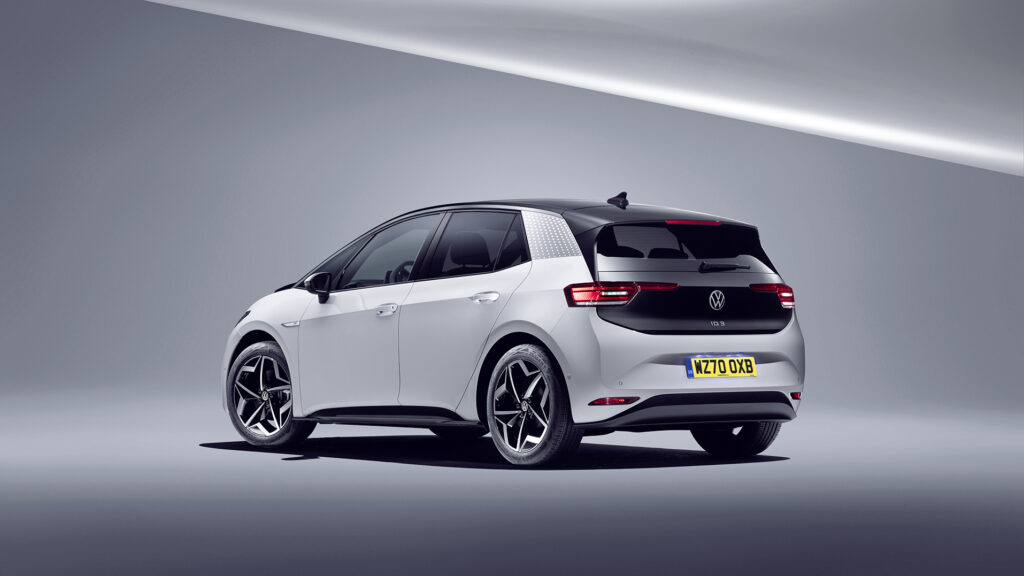
This version of the VW will have a bigger driving range than the most basic Nissan. According to the WLTP standard, it will be good for more than 300km between charges.
More importantly, the new entry to the ID.3 line-up will be significantly cheaper than its most obvious EV rival. The VW is widely expected to cost the equivalent of about $45,000 before subsidies.
The UK’s current plug-in car grant scheme will cut around $5000 from that price, while in Italy the government’s eco-bonus subsidy will chop at least $9500.
Honda e
It’s small, charming, refined… and not for us. Soon after the Honda e was revealed in production-ready form in 2019, executives explained it would only be sold in Japan and Europe. Despite Honda Australia’s interest in the little EV, that’s the way it’s stayed ever since.
Designed for city use, the Honda e has a relatively small battery pack – usable capacity is just under 30kWh – and, as a consequence, it doesn’t have a great driving range. Its WLTP rating is little more than 200km.
Accept this limitation, and there’s a lot to like about the e. Its single electric motor drives the rear wheels, and this frees the front wheels to swivel more. Result? Super-tight turning circle. It’s also short enough to fit small parking spaces.
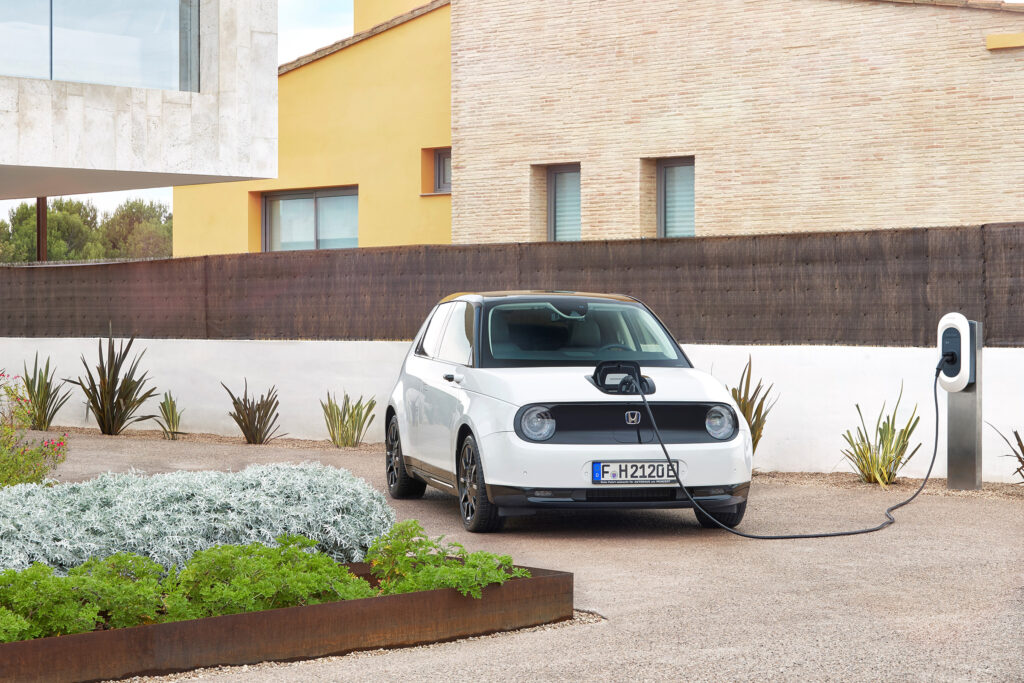
While the exterior draws on Honda’s original 1970s Civic hatch for inspiration, the e’s interior features the kind of tech usually only seen in modern luxury cars.
The highlight is a dash that’s basically a full-width array of screens. These display instruments, controls, infotainment and images from the two rear-view cameras that take the place of mirrors.
Road testers in Europe consistently praise the Honda’s ride comfort and overall refinement. It’s a pleasure to drive, they say.
While the e is a classy EV for urbanites, it’s also expensive for its size. The Honda e costs the same as basic versions of the larger Leaf.
Renault Zoe
Just as a much improved version of the Zoe was going into production, Renault’s small EV was withdrawn from sale in Australia. The importer blamed the lack of EV incentives in Australia for the Zoe’s snail-slow sales rate.
Renault’s 2020 update of the Zoe has now gone on sale across Europe. The most obvious improvement to this Toyota Yaris-sized EV is a better looking dash, but it’s the stuff that can’t be seen that really lifts the latest version.
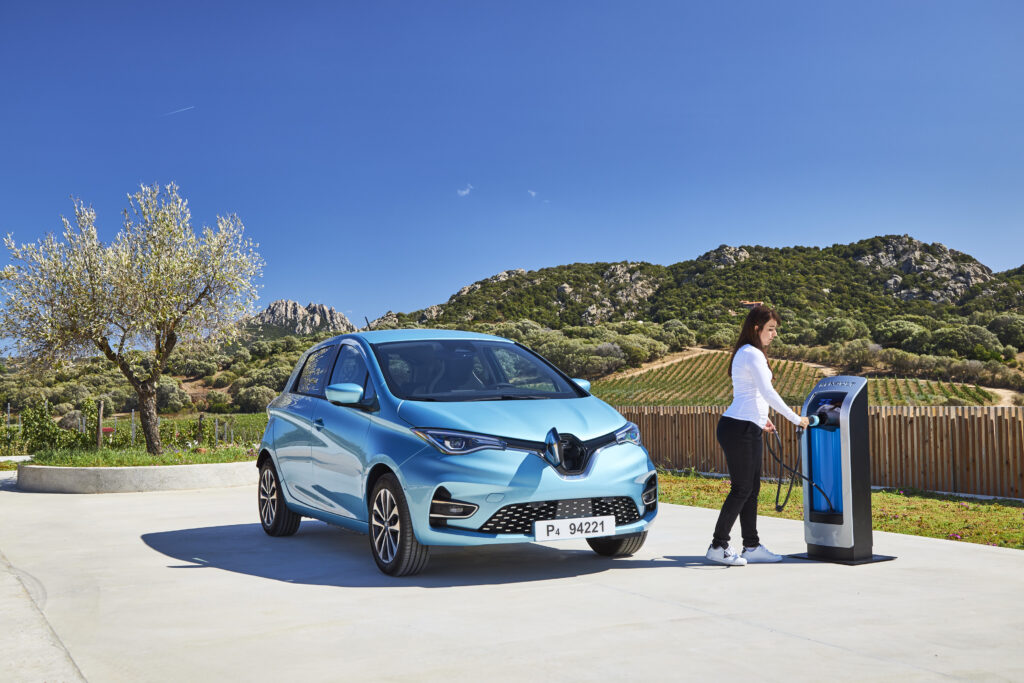
There’s a new battery pack, which raises the Zoe’s driving range to almost 400km on the WLTP test cycle. Prices in Europe begin at the equivalent of $42,000 before subsidies are applied, giving the Renault an outstanding price to range ratio.
Another key improvement is the long-overdue arrival of DC fast-charging capability for the Zoe, though it’s optional and not available in all models.
Now, more than ever, the Zoe is the obvious choice for anyone in Europe who wants a small EV with a big driving range.
Fiat Nuova 500
Fiat’s launch deal and Italy’s eco-bonus EV subsidy mean prices for the Nuova 500 open at the equivalent of $32,000 in its country of origin. This is $10,000 under the list price.
Though it looks a lot like the familiar 500, the Nuova is, like the name says in Italian, new. It’s built on a purpose-designed EV platform and every exterior panel is fresh metal. And it’s made in Italy, not Poland, like the ICE-powered 500.
Fiat is keen for its first mass-production EV to succeed, and has priced it accordingly. But the least-costly Nuova comes only in three-door hatch form with a small battery pack. It stores only 28kWh of usable energy, for a driving range of 180km on the WLTP test cycle.
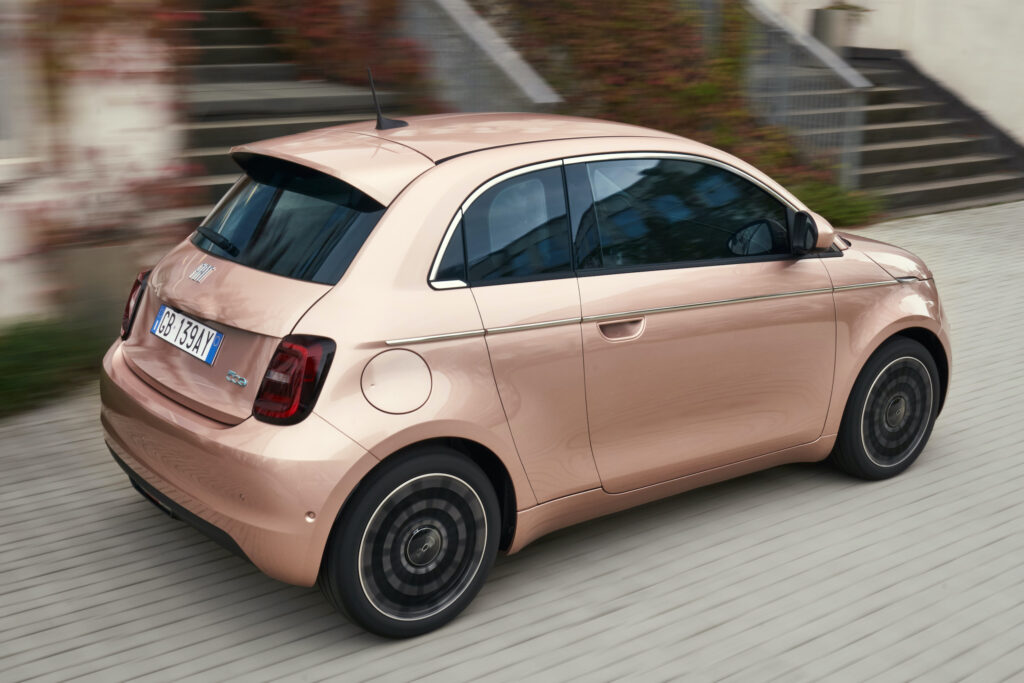
It’s a quite big a step up to versions with the larger 42kWh battery and a 320km WLTP driving range, which also gain faster 85kW DC fast charging and extra standard equipment.
Fiat offers the big-battery Nuova 500 in three body styles; three-door hatch, Cabrio with roll-back fabric roof and 3+1, with a small extra door on the right-hand side for easier access to the cramped rear seat.
The basic hatch is the least costly of the 42kWh versions, but its list price is the equivalent to $48,000. Government subsidies and the manufacturer’s launch pricing cut this to $38,000 in Italy.
Fiat Australia does not plan to import the Nuova 500.
Check out our list of the best affordable electric cars on sale in Australia.

